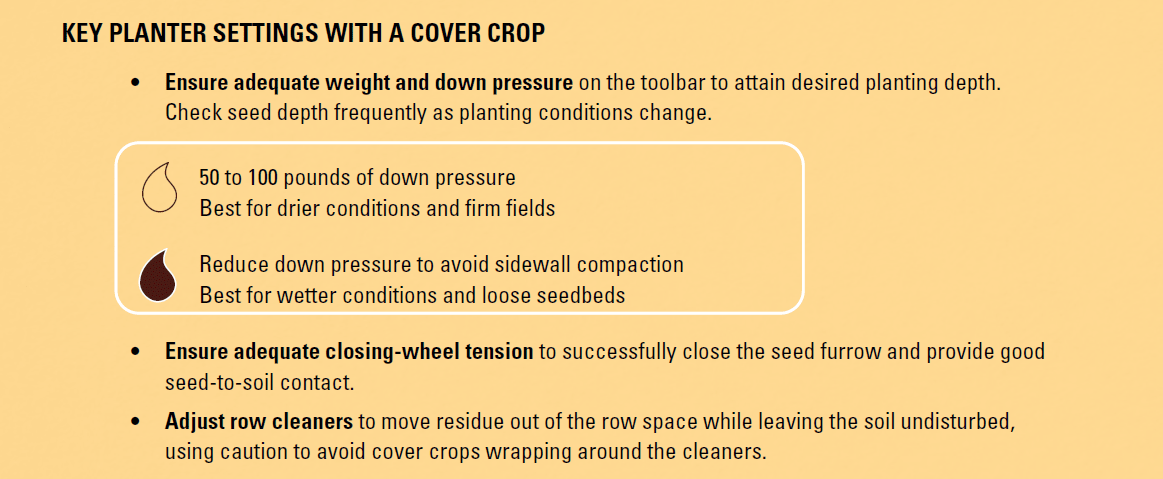
With a rich family history in rural Harrison County, Iowa Learning Farms farmer partner Brandon McHugh is no stranger to the world of agriculture. With 1,700 acres of crops, 150 head of cattle, and four poultry buildings, he knows the importance of being a steward of the land. No-tillage and cover crops have helped Brandon reduce inputs, but he continues to experiment with new ways to lessen his impact. As a member of Iowa State University’s Master Conservationist Program, Brandon hopes to be a leader in soil and water quality.

Born into a farm family, Brandon was immersed in agriculture as a child. After graduating high school, he chose to enlist in the U.S. Army and served in Kuwait for three years. Returning in 1995, Brandon again became an important part of his family’s cattle and row crop operation. It was at this time that he also decided to further his education and earned his degree in farm management from Iowa Western Community College. With his new education and partnership in the farm, Brandon established Two Oaks Red Angus in 2005. Since then, Brandon’s operation has added four poultry buildings that supply broiler chickens to a large supermarket chain. Over his career in agriculture, Brandon has come to see the importance of conservation on Iowa’s landscape. Mainly utilizing cover crops and no-tillage, he is working towards his larger goal of reducing the need for human-made inputs. To help boost the growth of his cover and cash crops, Brandon recently installed subsurface irrigation. This new addition to his farm will also reduce risk during dry years. Brandon’s hope is that combining these practices will lead to more stable soils and cleaner water.

In his push towards conservation, Brandon didn’t stop with common practices. His most recent efforts have been looking at the benefits of agricultural biologicals that could help with a crop’s nutrient uptake. Ideally, these products would reduce the need for commercial fertilizer by taking additional nutrients out of the soil and air. Brandon also has interest in utilizing drones for pesticide application. With consistent labor hard to find, his hope is that the new technology could save the need for another employee.

Brandon’s push for conservation hasn’t come without challenges. His biggest hurdle is the lack of reliable help. He estimates he has had 12 employees since 2006. Brandon also struggled establishing cover crops on his first attempt. Despite being unsuccessful initially, he planted cover crops again. “You can’t always get discouraged when you have a flop, farming is a marathon.” His overarching goal with cover crops is to benefit the soil in the long run, not improve his yield. Cover crops have also helped Brandon grow a more consistent crop over the years. He notes seeing his fields continue to produce fair yields even during seasons of adverse weather. For Brandon, a consistent crop is crucial to a farm. With no guarantee of a crop every year, Brandon thinks farmers should be doing all they can to reduce variability.
As Brandon looks into the future of nutrient management, he can’t help but remember his roots. Being part of a long line of farmers, he sees the benefits of growing up in Iowa. Even with hardships, Brandon finds joy in waking up every day to work with his livestock and surround himself with nature. With the legacy he has built upon, Brandon pushes to better the land so it can someday be passed on the next generation of Iowa farmers.






















